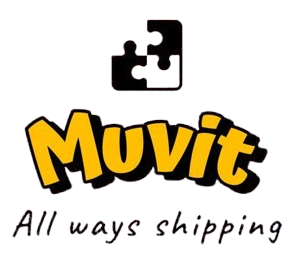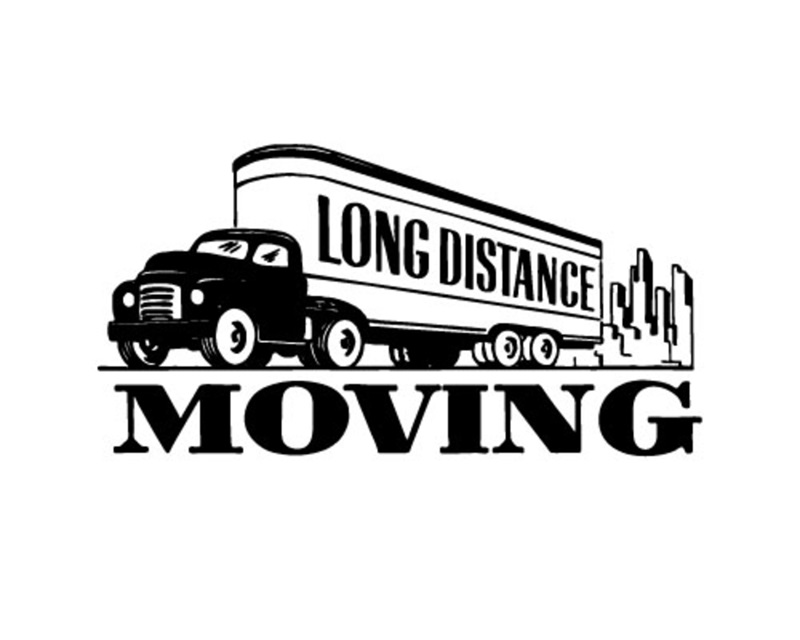Moving long distances can be daunting, especially when it comes to packing. Ensuring your belongings are protected and arrive intact is crucial for a smooth transition. At Muvit, we understand the challenges of long-distance moving and are here to offer expert advice on efficient packing techniques. Here’s a comprehensive guide to help you pack like a pro and safeguard your possessions during your move.
1. Start Early and Stay Organized
Packing for a long-distance move requires careful planning and ample time. Begin the process several weeks in advance to avoid last-minute stress. Create a packing schedule that breaks down tasks into manageable steps, and stick to it. Use a checklist to track what needs to be packed and when.
2. Gather Quality Packing Supplies
Investing in quality packing supplies is essential for protecting your items. Here’s a list of must-have supplies:
- Sturdy boxes in various sizes
- Packing tape and dispenser
- Bubble wrap and packing paper
- Furniture blankets and moving pads
- Plastic wrap for furniture
- Labels and markers
- Scissors and box cutters
High-quality materials ensure your items are well-protected and reduce the risk of damage during transit.
3. Declutter Before Packing
Before you start packing, take the time to declutter your home. Moving is the perfect opportunity to eliminate items you no longer need or use. Sort your belongings into categories: keep, donate, sell, and discard. This will reduce the number of items you need to pack and help you start fresh in your new home.
4. Pack Room by Room
Packing room by room is a systematic approach that keeps things organized and manageable. Focus on one room at a time, starting with the least-used areas, such as the attic or basement. Label each box with the room it belongs to and briefly describe its contents. This will make unpacking much easier and more efficient.
.
5. Use Proper Packing Techniques
Proper packing techniques are crucial for protecting your belongings. Here are some tips for packing different types of items:
Fragile Items:
- Wrap each item individually in bubble wrap or packing paper.
- Use sturdy boxes and fill gaps with packing peanuts or crumpled paper to prevent shifting.
- Clearly mark boxes containing fragile items as “FRAGILE” and indicate the top side.
Electronics:
- Use the original boxes if available, as they are designed to protect the specific item.
- If the original boxes are not available, use appropriately sized boxes with plenty of padding.
- Remove any batteries and secure all cables and accessories.
Clothing:
- Use wardrobe boxes for hanging clothes to keep them wrinkle-free.
- Fold and pack non-hanging clothes in suitcases or boxes lined with packing paper.
Furniture:
- Disassemble larger pieces of furniture if possible to save space and reduce the risk of damage.
- Wrap all pieces in moving blankets and secure them with plastic wrap.
- Keep screws and small parts in labelled bags taped to the corresponding furniture.
Books:
- Pack books in small boxes to prevent them from becoming too heavy.
Lay books flat to avoid bending their spines and fill gaps with packing paper
6. Label Everything Clearly
Labeling your boxes is crucial in staying organized during a long-distance move. Use a marker to write the contents and destination room on each box. Consider using colour-coded labels for each room to make unloading and unpacking even more efficient. This simple step can save you time and hassle in your new home.
7. Pack an Essentials Box
An essentials box is a lifesaver during the first few days in your new home. Pack this box with items you’ll need immediately upon arrival, such as:
- Toiletries (toothbrush, toothpaste, soap, shampoo)
- A change of clothes
- Essential kitchen items (plates, utensils, a pot, and a pan)
- Essential documents (ID, passports, moving paperwork)
- Medications
- Chargers for electronics
During the move, keep this box with you to ensure easy access to necessary items.
8. Secure Valuables and Important Documents
Valuables and essential documents should be packed separately and kept with you during the move. This includes jewellery, cash, legal documents, and family heirlooms. For added security, consider using a small safe or lockbox.
9. Hire Professional Packers if Needed
Hiring professional packers can be a worthwhile investment if you’re short on time or overwhelmed by the packing process. Professional packers have the experience and expertise to efficiently and securely pack your belongings, giving you peace of mind during your move.
10. Stay Calm and Flexible
Long-distance moves can be stressful, but staying calm and flexible will help you navigate any challenges. Remember that things might not always go as planned, and that’s okay. Keep a positive attitude and focus on the exciting new chapter ahead.
Packing for a long-distance move doesn’t have to be overwhelming. By starting early, staying organized, and using proper packing techniques, you can ensure your belongings arrive safely at your new home. At Muvit, we’re here to support you every step of the way. For more moving tips and professional assistance, visit Muvit, and let us help make your move smooth and successful.
Read More Articles:
MAKE YOUR MOVE A BREEZE: MUVIT’S PROFESSIONAL MOVING SERVICES IN THE SAN FRANCISCO BAY AREA
MOVE WITH CONFIDENCE: WHY SANTA CLARA RESIDENTS CHOOSE MUVIT







